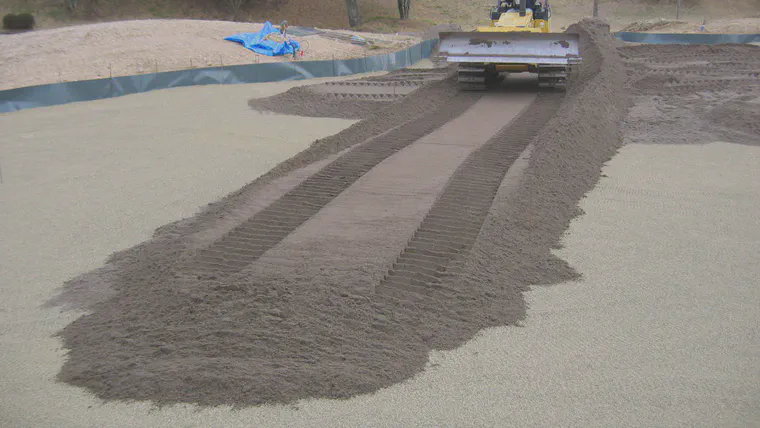Turfgrass soil sampling, part 4 of 7
Golf course putting greens often have a consistent rootzone material
I’ve recommended taking at least 5 subsamples per green, for as long as I can remember.
That’s less than the 12 to 15 recommended by Rutgers, less than the 12 or more in the Penn State instructions, and way less than the 20 subsamples per composite recommended by Donohue.

The main reason I’ve been comfortable with 5 subsamples per green is the consistency of the rootzone material on most putting greens. And there is also the thought that I’m collecting soil samples to do soil nutrient analyses, with those results to be used to make a fertilizer recommendation. The fertilizer recommendation will be for the course; I rarely make fertilizer recommendations for individual greens. So I’ve been comfortable having smaller numbers of subsamples per green, realizing that doing so lets me see some of the variability that exists across a property, and at the same time knowing that the total number of subsamples from the course is probably going to be 30 or more, because I recommend testing a minimum of 6 greens.
The Donohue article concludes that 20 subsamples are recommended from a 1,000 to 2,000 m2 area. That’s 1 to 2 subsamples per 100 m2, which works out to a minimum of 5 subsamples per 500 m2 (5,380 ft2). That’s about the size of a typical putting green.